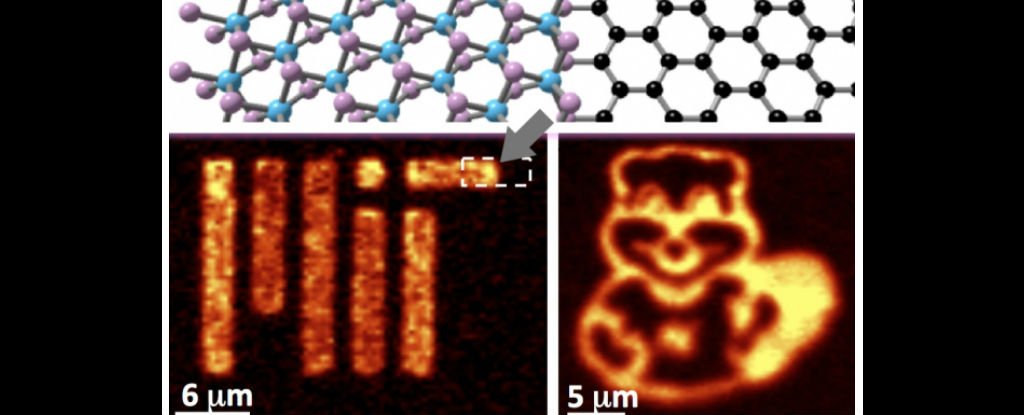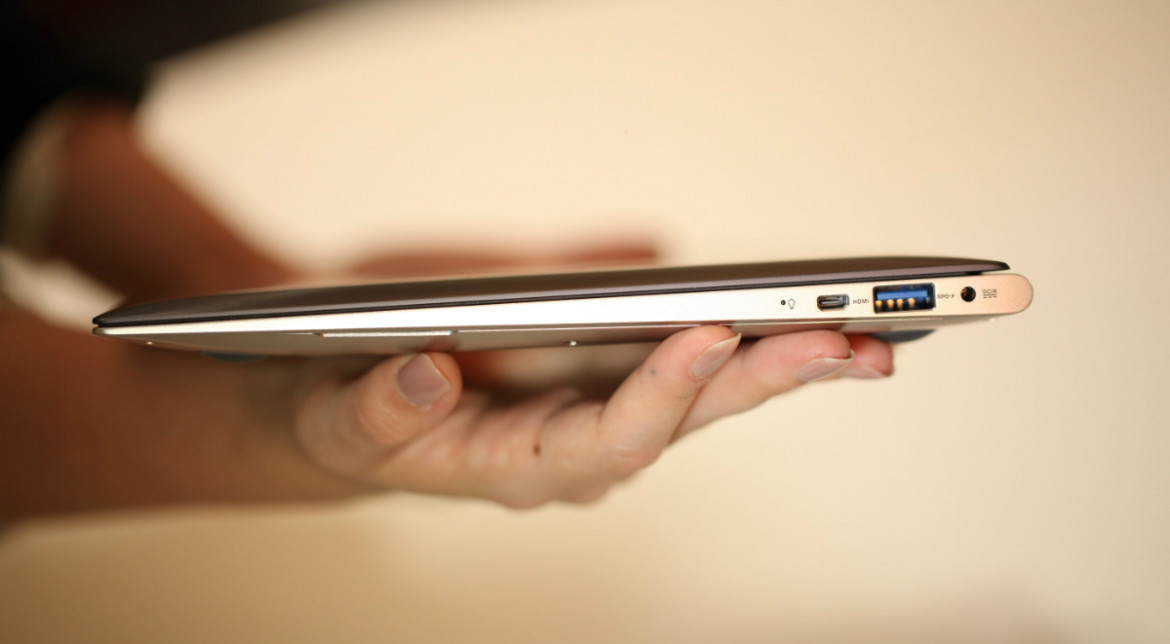
If we take a look back in time at the computers that could occupy an entire room, in the 1950s and 1960s, we understand how fast the electronic devices have shrunk.
Even more, scientists have come up with an approach that could lead to an even more pronounced miniaturization and an even thinner processor. The idea belongs to a team from MIT and is the first manufacturing technique that involves different materials stored in the same layer. By comparison, current CPUs are built of layers placed one above the other, with precise patterns etched into them. The researchers say they took the process so far, that they can build processors that contain all the components necessary for a regular computer, notes Science Alert.
“The methodology is universal for many kinds of structures,” says Xi Ling, one of the authors of the paper. “This offers us tremendous potential with numerous candidate materials for ultra-thin circuit design.”

The layers of material are extremely thin, about 1-3 atoms, and have chosen Graphene as one of the materials used. It has already been demonstrated that this material is ideal for the construction of very thin electronics. Also, the new process can use any material which combines elements from group 6 of the periodic table (including chromium, molybdenum, and tungsten) and elements from group 16 (including sulfur, selenium, and tellurium), as many of these compounds are semiconductors – which form the basis of transistor design.
In the tests conducted by the team from MIT, a layer of Graphene was deposited on a silicon substrate, with special spaces that were to be filled with the next material, molybdenum disulfide. In any case, the goal is to have thinner electronics, more flexible, and more portable.
We don’t know exactly when the new technique will be used, but one thing is certain: the current devices are a lot thicker than the ones from the future.

